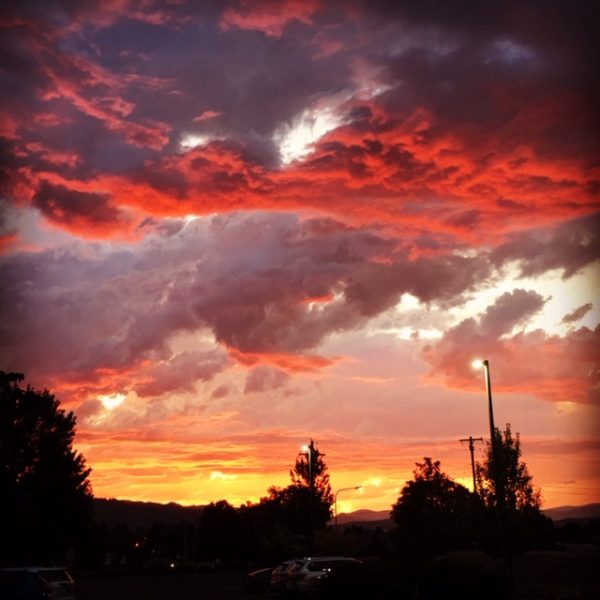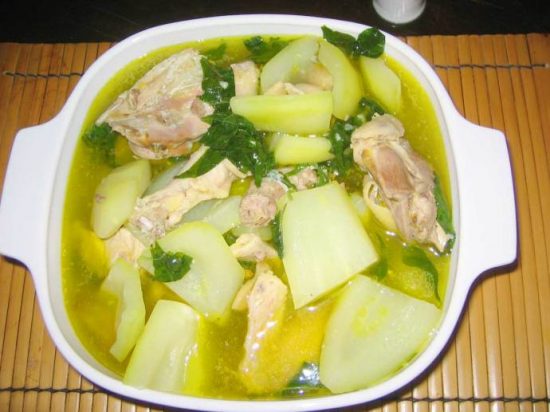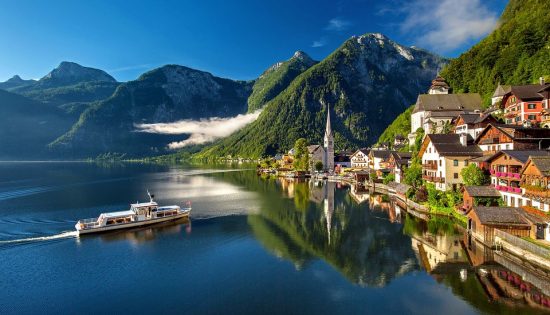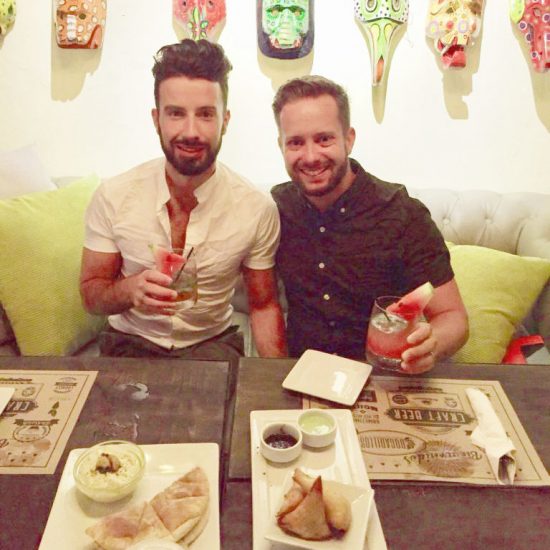
Good morning, all,
As you know, if Italy is not on my mind, food is. When I have the opportunity to enjoy both Italy and the food of Italy, I am in Nirvana. Fortunately, whenever I go to Italy, I have been able to find apartments with a kitchen, no matter how small, and I can cook sometimes. When I am not cooking, I am always on the lookout for restaurants that serve specialties of the area.
This was the beginning of one meal in Rome on my last visit. Notice the stove with its 2 burners, a small sink and countertop, but that was sufficient space for me to make our dinner of tortellini soup and Caprese salad. Notice that I was able to buy the soup vegetables in a package. I love that I can just pick up one package and have carrots, celery, onions and parsley without buying a lot of either vegetable.
Each area of Italy has its own food specialty, according to what grows well in the area, for Italians use foods that are locally grown and not difficult to find.
Risotto, for instance, is a dish that originated in the Lombardia area, for the weather up in that northern part of Italy is cooler, and rice is one of the principal foods grown in that region.
Further south of Lombardia is the Emilia-Romagna region, where Bologna is a major city. It was in that city that the Bolognese sauce was born, as beef and pork are both raised in this area. The traditional meats used in the Bolognese sauce are veal, pork and beef, simmered with garlic, tomatoes and herbs for hours. This sauce is used for lasagne and spaghetti. The trattorie of Bologna specialize in dishes prepared with this sauce.
Corn is another crop grown in this area of Emilia-Romagna, so polenta is another dish you will find on the menu of the area.
Up in the most eastern part of the country is Venice, situated on the Adriatic Sea; therefore, the specialties of Venice are seafood delicacies. My favorite dish from that area is baked sea bass, although many varieties of seafood are available, as one trip to the fish market near the Rialto bridge will tell you.
On the other side of the country, on the Ligurian Sea, is Genoa, home of pesto, and the Cinque Terre, the 5 villages along the rugged coast, where fishing is a major commerce.
Going south and more westward, is Florence, almost in the midway point between east and west, with no seacoast. The most famous dish of Florence is the Bistecca Alla Fiorentina, a porterhouse steak from the Chianina beef that are only raised in Tuscany. These animals are huge!! I went to a festival once that featured the bistecca. The butchers marched into the Piazza Republicca, led by a band and accompanied by lovely ladies in Renaissance costumes. The butchers brought in sides of that Chianina beef and laid them on a big work table and started slicing off steaks. These steaks are cut about 2 inches thick and each steak weighs about 1 kilo (2.2 pounds). The steaks are brushed with olive oil, sprinkled with salt and pepper, then thrown onto a grill, they are cooked 5 to 6 minutes on one side, turned over and cooked 5 to 6 minutes on the other. Some chefs brush balsamic vinegar onto the steak after it is cooked, but I have not found if that is the normal way of doing things. It does no good to ask for your steak to be cooked medium or medium well; If you do not like your steak rare and bleeding, don’t order Bistecca alla fiorentina. The beef, though, is very tender and very tasty.
There are numerous farms as well as vineyards in the Tuscany region. Chianti is the most famous of the wines of that area, but farm crops, such as spinach also abound. If you see a dish on the menu that has the word “Florentine” or “Fiorentina” in its title, it probably has spinach in it. One of the dishes I had one of my tour groups make while we stayed in Florence, was Gnocchi alla Fiorentina….little pillows of potato and flour dough, with eggs and spinach incorporated into them. Those little fluffy pillows are cooked in simmering water, drained and served with almost any type of pasta sauce, but they really show off their tastiness with just some browned butter over them and Parmesan cheese.
As you travel further south in Italy, there are numerous hill towns. Wild game is plentiful in the hills and valleys of these areas, so foods made with the wild boar, cinghale, are prominent on the menu.
Rome claims to be the birthplace of pasta all carbonara, where freshly cooked pasta is tossed with egg, bacon and cheese. Pasta Arrabiata is another pasta dish that supposedly originated in Rome. Rome also promotes pasta l’amatriciana as theirs, although that dish actually came from the village of Amatrice, up in the hills east of Rome. That village was nearly destroyed by earthquakes a few years ago. Restaurants all over Italy held fund-raisers for that city by featuring pasta l’amatriciana on their menus, with proceeds from sale of that dish going to earthquake relief of the village.
One word of caution, though, when in Rome, do NOT try to order any pasta with Alfredo sauce. You will be met with cold stares, unfriendly words, for no one in Italy considers Alfredo sauce to be truly Italian. Yes, it was developed by a chef in Rome for a famous Hollywood couple, but it was his invention and not a traditional Italian sauce.
Further south of Rome is Naples, the birthplace of pizza. Traveling even further south we come to Sorrento, known for its lemons (limoncello) and seafood. I look forward to going to Sorrento, to the Ristorante Delfino on the Marina Grande, and enjoying spaghetti with clams, my favorite Italian dish anywhere, but especially when prepared at that ristorante.
No matter what you eat or in what area of Italy you are, there is always time and a place for gelato. And no matter how old you are, you must have a gelato.
So until next time, I hope you have enjoyed a little food tour of Italy.
Ciao for now,
Dolly










